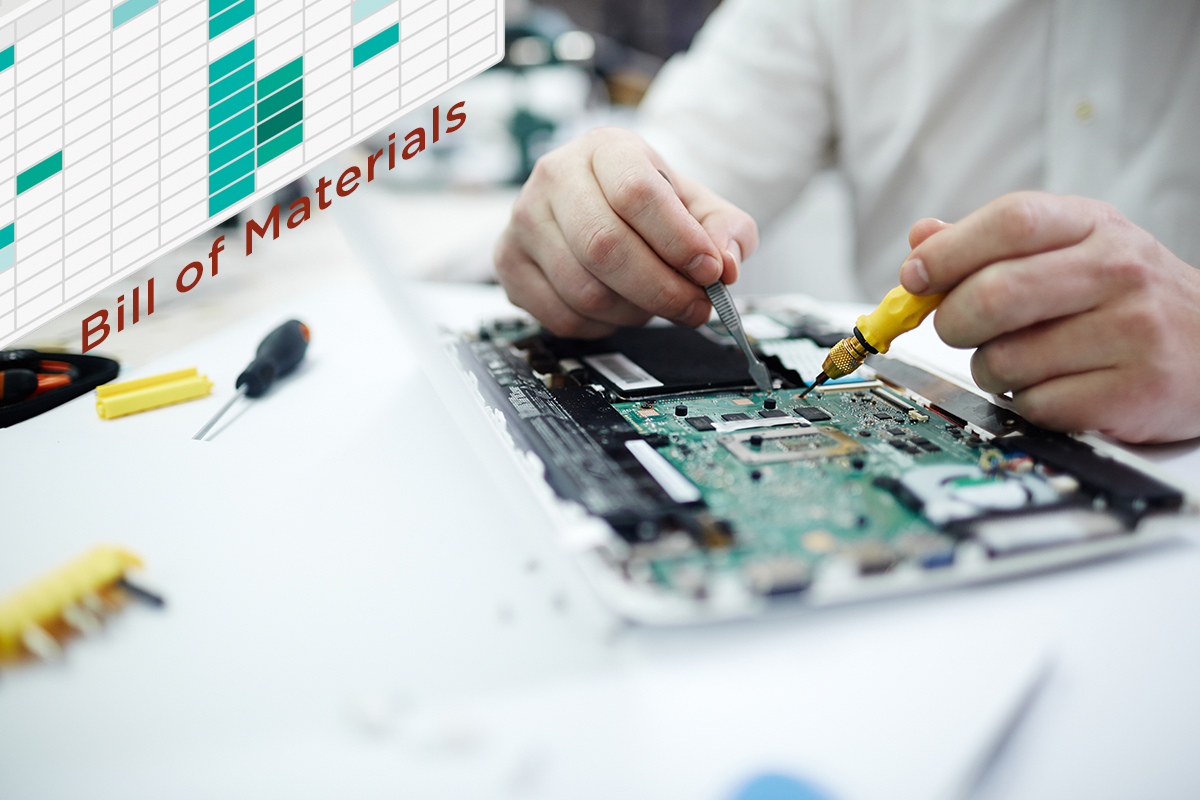How to create Bill of Materials for Electronics Assembly
A Bill of Materials (BOM) is a detailed list of components for the Printed Circuit Board (PCB) assembly and sub-assemblies. The electronics assembly service provider depends on BOM for sourcing the components to mount on the PCB.
A clear and complete BOM immensely helps assembler not only in sourcing but also at the time of manufacturing. A well-prepared BOM avoids the need for back-and-forth communication with the assembler to clarify doubts. A BOM is prepared in the normal spreadsheet program. Many PCB design or schematic software also has the feature to export BOM.
A BOM must contain minimum following information:
1. Manufacturer Part Number (MPN): MPN is the most crucial piece of information in BOM. MPN is a unique number that the manufacturer assigns to an electronic component. Every distributor of components identifies them. By providing MPN you can generally take away all the confusion related to the part selection.
2. Description: It is very useful to include a description of the part. It generally consists of the technical specification of the part such as voltage, resistance, capacitance, etc. In case you have not included MPN in your BOM then description becomes the most important information to find out the required part.
3. Quantity: Number of each part you require for a single board. This is a piece of critical information for assembly to determine how many total components he would need to purchase. Distributors give a discount on higher quantities so this information must be up-to-date.
4. Reference Designator: It is a unique alphanumeric sign given for each part. Reference Designators generally correspond with legends printed on PCB. For example, resistors are generally named as R1, R2, R3, etc and Capacitors C1, C2, C3, etc. This information is very useful while manufacturing. The number of reference designators must match the quantity.
5. Placement: Indicates on which side of the board components is placed. You can also mention “Not placed” if the component is not required to place on the board by the assembler. Based on this information assembler determines the complexity and often cost of assembly.
6. Comments/Notes: Normally this is not required but it can be very useful in case a component is difficult to find and replacement component is needed. You can also put useful manufacturing-related information.
An example of a general Bill of Material is as shown below.
| MPN | Description | Quantity | RefDes | Placement | Comments |
| CL10B104KB8SFNC | Capacitor bipolar | 13 | C3, C4, C5, C7, C9, C11, C12, C14, C16, C19, C20, C21, C22 | Top | 0.1UF |
| TAJA106M010RNJ | Polarized Capacitor | 4 | C6, C8, C13, C23 | Top | 10uF |
| TAJB106M025RNJ | Polarized Capacitor | 1 | C10 | Top | 10UF/25V |
| CL10B102KB8SFNC | Capacitor bipolar | 1 | C15 | Top | 1NF |
| CL10C150JB8NNNC | Capacitor bipolar | 2 | C17, C18 | Top | 15pF |
| CL10B103MB8NCNC | Capacitor bipolar | 1 | C24 | Top | 10nF |
| MIC5-5BF1-KNM1-23 | Mini USB connector; SMD | 1 | CN1 | Top | CN USB |
| PJ-002A | Low Voltage Power Supply Connector | 1 | CN2 | Top | 2.1mm PwrJack |
| PBC03DAAN | ISP Connector, 6-Pin, Dual row, pitch 0.05″; Tag-Connect; TC2030-IDC-FP | 1 | CN3 | Top | TC2030-IDC-FP |


